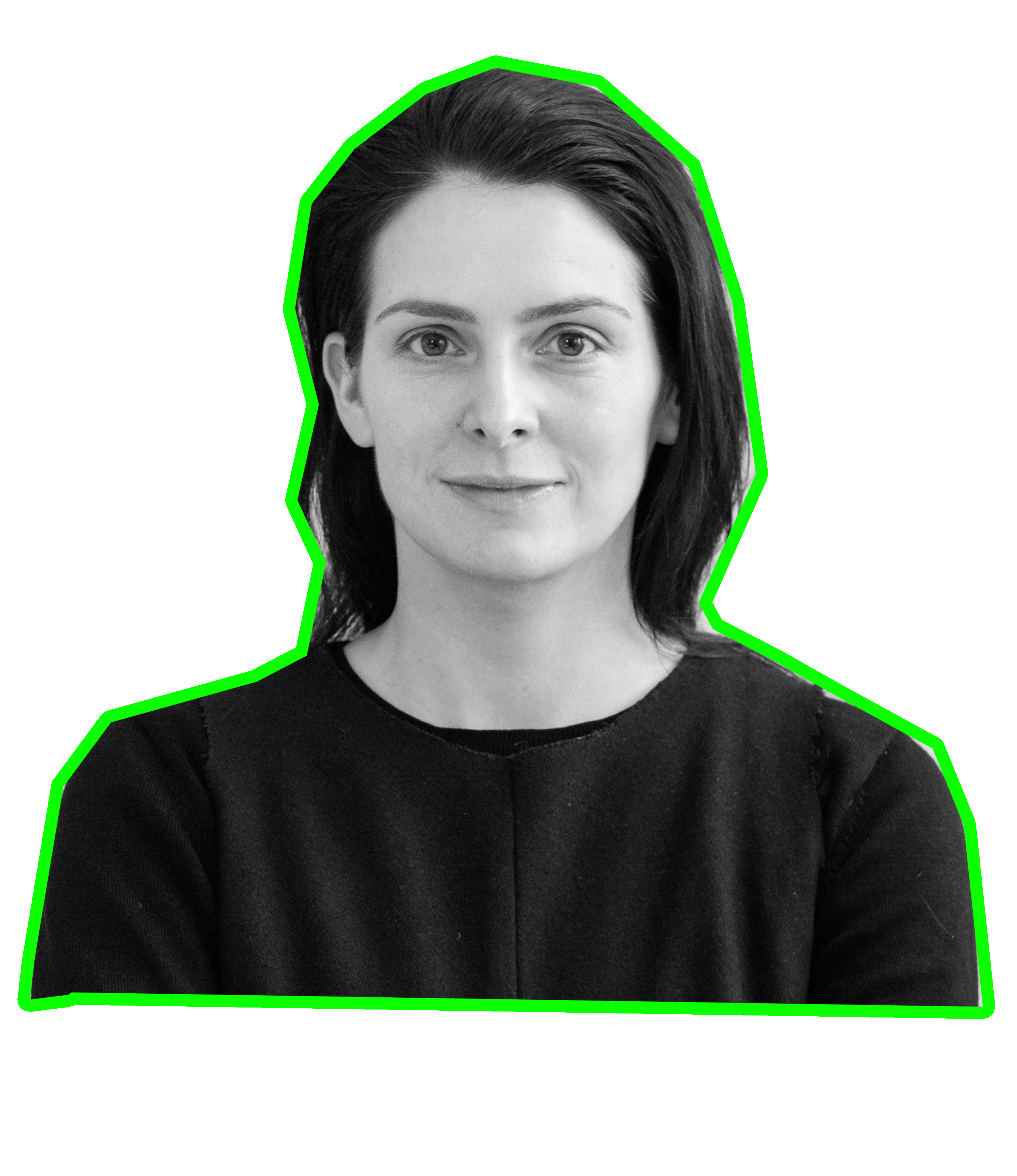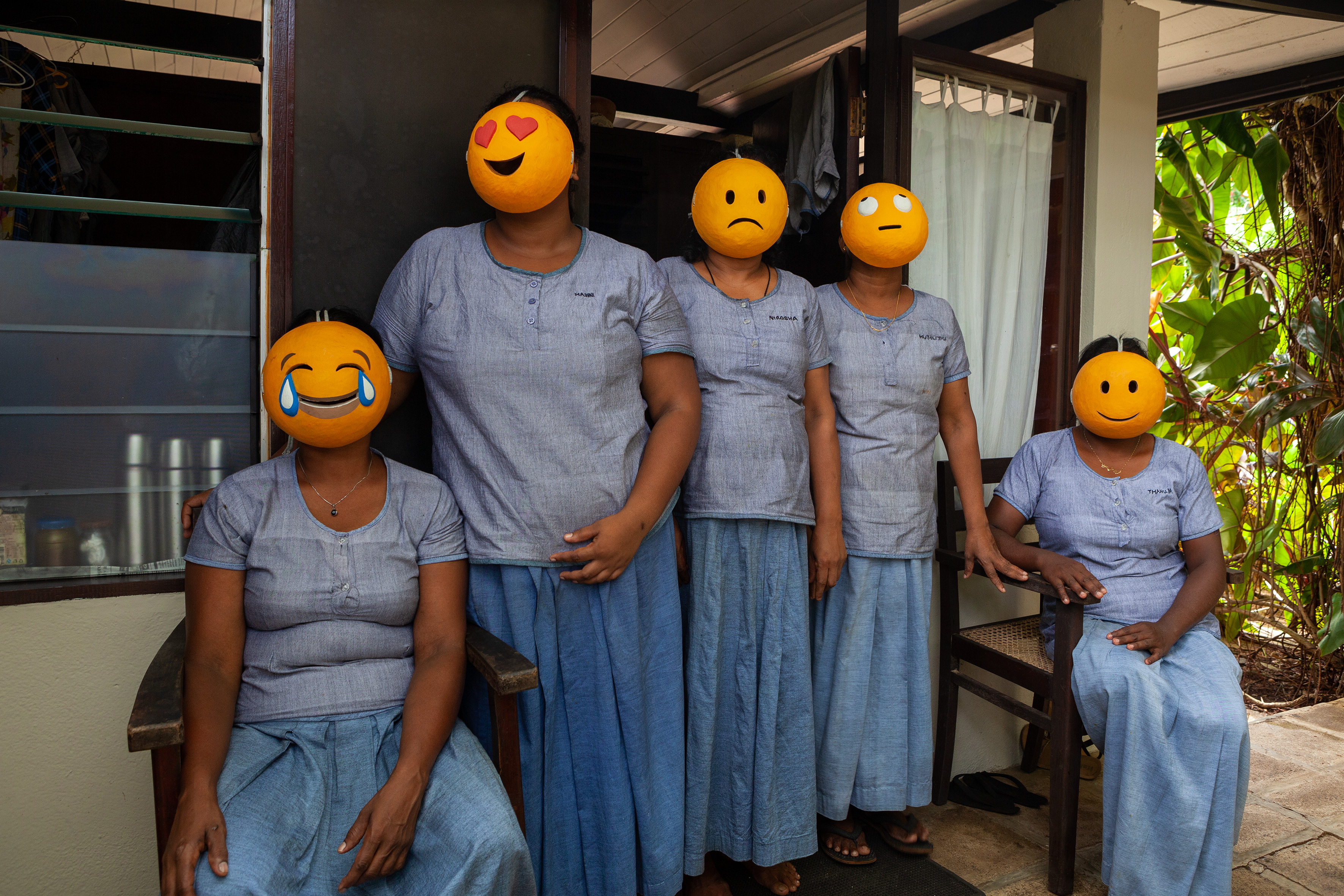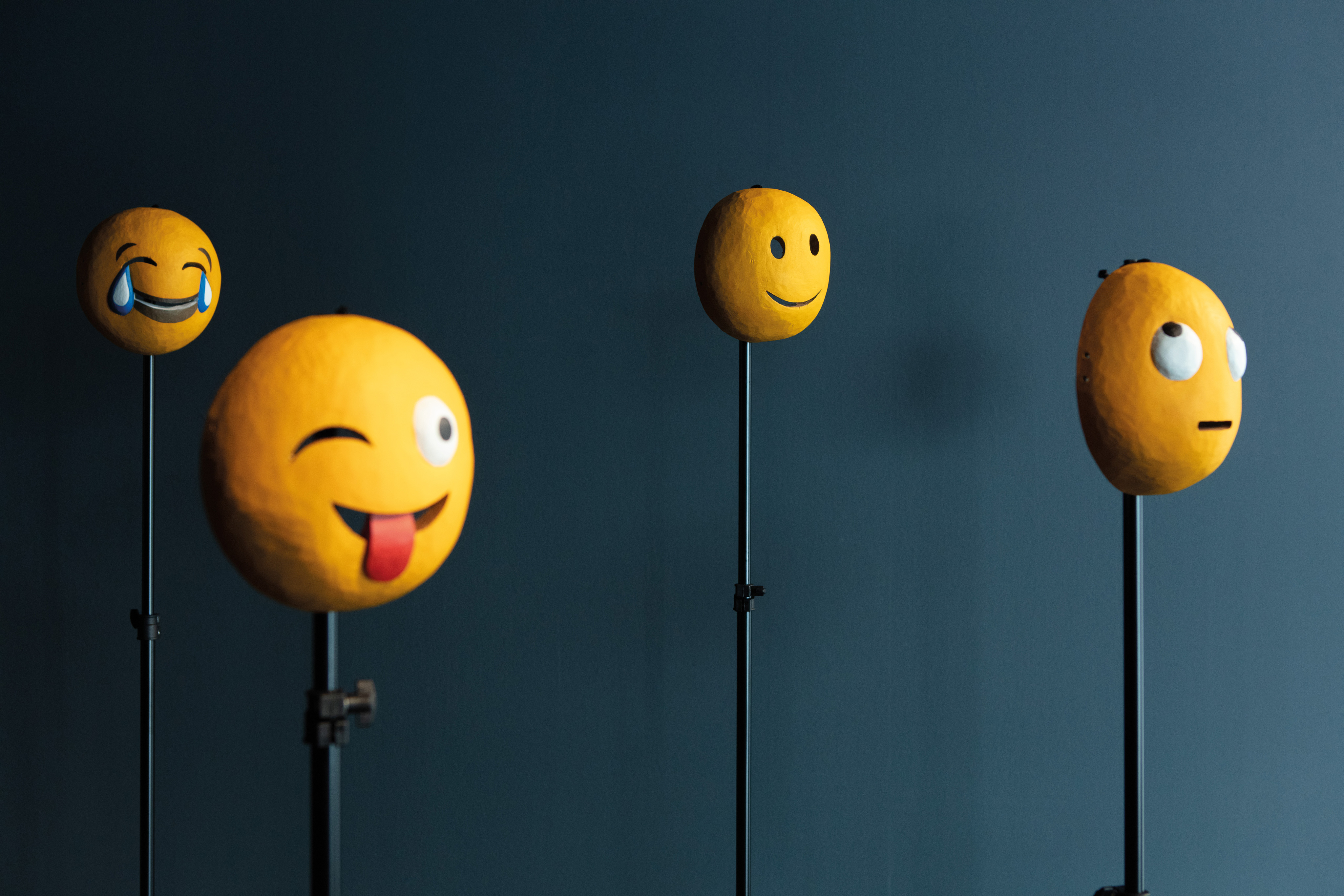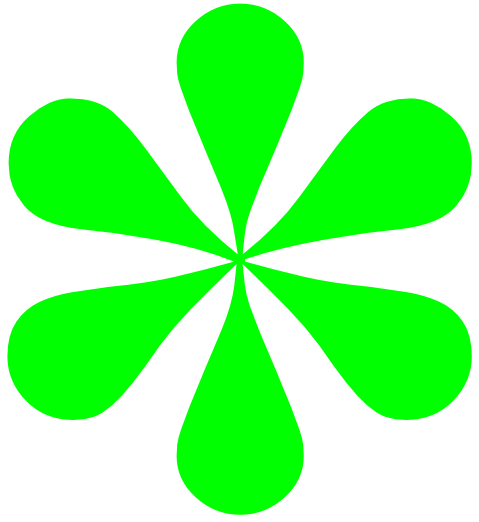
CLAUDIA LARCHER
“Stay positive and
be your own
boss!”
#ANIMATION #COLLAGE #BODY #INSTALLATION #PHOTOGRAPHY #MULTIMEDIA #VIDEO #ECOLOGY #PERCEPTION
BIO. Claudia Larcher is a visual artist with a focus in (site specific) video animation, collage, photography and installation. From 2001 to 2008 she studied «Transmedia Art» at the University of Applied Arts in Vienna. Since 2005 she has participated in various group exhibitions and festivals in Austria and abroad and presented her work in solo and group exhibitions: f.e. Tokyo Wonder Site Japan, Slought Foundation Philadelphia, Weimar Art Festival, Centre Pompidou Paris, Museum of Contemporary Art/ Roskilde, steirischer Herbst in Graz, Manifesta 13 and Anthology Film Archives in NYC. In 2019, a monograph with Claudia Larcher‘s work has been published by deGruyter.
www.claudialarcher.com
mail instagram facebook other





Photos: © Claudia Larcher
Claudia Larcher - face2face: Dramatis Personae from Claudia Larcher on Vimeo.
face2face (2019)
Installation
Claudia Larcher’s face2face project is based on a selection of eight popular emoji variants, as we probably all use them in chats: a laughing tearful, a stirred, a lovingly thoughtful, a smiling, a neutral looking, a happy-cheeky, an unhappy and one in love. In November 2019, Larcher had these digital pictograms translated into analogs by Sinhala mask carvers as part of an artist-in-residence program in cooperation with the one world foundation in Sri Lanka. The town of Ambalangoda on the western south coast of Sri Lanka is famous for its traditional mask carving. The masks produced there were originally used by the population for dance rituals to drive away evil demons, but today they are used more for tourist purposes. Larcher had the eight emoticons carved as masks in a traditional way and therefore associated them with signs and rituals that – actually – could not be more different. And yet there is a common link: the reference to the mask as a symbol for the loss of the (natural)


Photos: © Claudia Larcher
Ore (2018)
Video animation, video installation
ORE is an experimental film about the appropriation of the planet by humans. Using the example of large mining areas, such as the Styrian ore mine (Erzberg) and the Japanese sulphur mine in the Hakone region, the film aims to make the transformation of nature and the process of mining work tangible. The British philosopher Timothy Morton coined the term "hyper-objects "* to describe things that survive space and time, such as climate change, capitalism, a black hole or an oil field. Hyperobjects explore the commonalities of entities that are characterized by large spatial and temporal dimensions.ORE is an approach to such a hyperobject that goes beyond all calculations. The effects of mineral extraction on ecosystems and the human body are still very unclear scientifically, which led me to consider mining as a kind of hyper-object that defies the limits of our traditional thinking. ORE explores relationships between minerals, the miners, the human body, the landscape, noise, rare earths, the economy, consumer forces, territorial and technical desires, and the products of our digital age.




Photos: © Claudia Larcher
Claudia Larcher - SELF (excerpt) from Claudia Larcher on Vimeo.
Self (2015)
Video animation
The skin is the body´s largest sense organ: delicate and at the same time extremely robust, it has to fulfill various functions, from excretion through to storage of nutrients. Although one hopes to shed it at a metaphorical level, it simultaneously serves as the bearer of our identity, which can be written on, marked, and changed. It is more than simply a shell, more than a border between inside and outside, it is the self, (not only) in Larcher´s video.
A laconic-analytical camera pan shows a close-up of it at the beginning: pores, fine hairs, a mesh of blue veins that shine through the delicate membrane. In what follows, details yield a whole, and one seems to recognize neck, armpit, and upper arm. Suggested here is an interior that this skin stretches around. But suddenly there are "wrong" extensions, "impossible" elongations and overlaps. The border between inside and outside is successively dissolved and flows into a "liquefaction" of the image in whose blurriness, pink masses multiply and caverns protrude until the camera returns to the start again.
